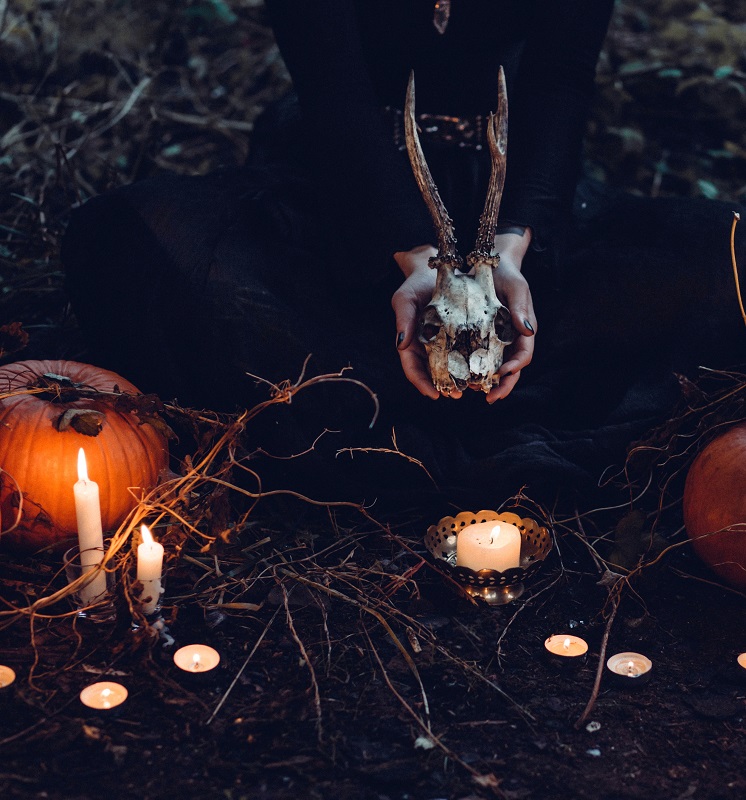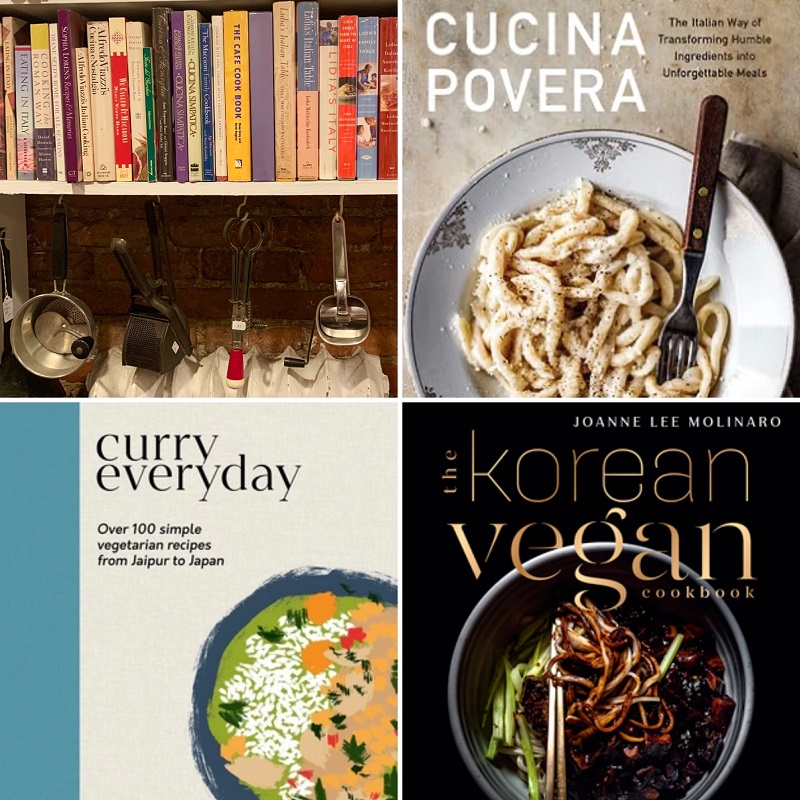BIPOC Book Club Picks: Guiding Question to get you Reading and Thinking Critically
Book clubs are a popular means to connect readers who share a similar passion for reading and encourage robust discussion. This is absolutely critical for white readers who are reading and reflecting on works by BIPOC authors, orienting ourselves and bringing our awareness to racial and systemic inequities. As a white woman, it is paramount that we don’t gloss over these works and we train ourselves to reflect, process, and engage in critical thinking.
What is the best approach to book club when the topics you’re discussing are unprecedented or difficult to process?
We need to do work beforehand. Not doing the work can be seen as surface-level or performative activism and is acting disingenuously.
Getting Comfortable With the Uncomfortable
We need to start with willingness.
As someone who has worked in social work for over two decades training, assessing and supporting people from a vast cross-section of society with diverse experiences, I can say this:
You need to be willing to build, maintain, curate, and own your learning journey. You need to be willing to get comfortable in the uncomfortable — and stay there. The goal is not to become comfortable per se, but to be able to sit with the unease and take action.
We need to challenge our inner and often unconscious dialogue that shapes our implicit biases. These implicit biases go on to reinforce dangerous stereotypes that have shaped the very foundation of our systems and that intersect and reinforce systemic oppression, inequality, and inequity.
One of my “aha’s” came via social media. Have a peek at this TedTalk by diversity advocate Verna Myers, who challenges your subconscious attitudes and encourages you to lean towards challenging your biases.
Then, hop over to Harvard University to test your biases in real time.
Next up is a book recommended for people (especially white people) to begin challenging one’s power, placement in society, and role in being an agent of social change.
White Fragility by Robin DeAngelo.

The book and reading guide have you digging deep to peel back the layers of your social construction tied to race; investment in maintaining privilege; and critically thinking in and through your unconscious dialogues around your stake in holding and wielding power.
Then have a peek at her companion piece, White Fragility: Reading Group Guide.
Now what? Glad you asked!
Take these pieces, along with your newfound or refocused awareness, and apply it to the works you read and consume moving forward. It will support connection, relatability, and shared perspective-taking. It will serve as an enriching experience for your current reads, book clubs, and role in guiding a new generation of readers and critical thinkers.
One last bit:
We recognize that while book clubs are an amazing support and provide connection for readers, they can also be a bit intimidating and the idea of challenging status quo questions can feel a bit daunting.
To help, we’ve curated 10 book club questions to ground and guide our efforts at book clubs with White Fragility by Robin DiAngelo.
Five book club questions specifically relating to White Fragility by Robin DiAngelo and five leaning towards critical analysis in general.
1) In White Fragility: Reading Group Guide, Robin DiAngelo asks readers, ”In your reading was there a passage that invoked a sense of discomfort?”
Where does this come from? (pg. 5)
Is it tied to your socialization, particularly as a white person?
2) Has your discomfort shifted? How? Why?
If not, are you holding back to preserve your power or position as a white person?
3) When our “whiteness” or power is questioned we can react emotionally.
What constructive things can we do with our emotions when we are challenged racially?
4) DiAngelo emphasizes race and racism are a structure rather than an event. She asks readers, “What specific ways your life has been shaped by racism?” (pg.7)
5) How has “racial belonging” benefited you in the past and as early as this week?
Were you complicit in “racial silencing?” (pg. 7)
Moving beyond White Fragility and towards future reading material:
6) Using your best thinking, how might the author of your current read (and its characters) respond to the idea of racial belonging and silencing? Is their response different than yours? Why?
How do these differences impact you, them, and our global community?
7) Much of mainstream literature reflects a “white” culture and some white readers have said they cannot “connect” with BIPOC literature. How has our connection with books and characters been affected by our social construction? How do we challenge these constructs in our reading so we are inclusive of a diverse perspective?
8) If you are a person who identifies as BIPOC, how have you witnessed white solidarity or racial silencing in the reading community?
9) What is the impact of our not embracing BIPOC literature and culture?
What do we fail to gain?
10) How has (your current read) challenged you? Informed you? Enriched you? How will you act with intention moving forward?
Email us here and send us your best reading questions that are based in critical reflection for future posts.
Melanie Wagstaff lives with her high school sweetheart (now husband), two children, and cat. Melanie practices social work in child welfare and loves chocolate, hearty laughs, engaging discourse, and the occasional run. Melanie is a voracious reader and believes in the power of knowledge, the written word, and storytelling.
Favourite book: Eek! Just one?! Fave read for 2020: The Starless Sea by Erin Morgenstern
Favourite brunch spot: My dining room table prepared by my hubby and complemented by fresh food from our local markets.




